Interest Free Financing Up To 36 Months
WE DO NOT ONLY PUMP YOUR TANK - WE CLEAN IT!
Multiple Financing Options Are Available Up To 36 Months
Interest Free Financing Up To 36 Months
WE DO NOT ONLY PUMP YOUR TANK - WE CLEAN IT!
Multiple Financing Options Are Available Up To 36 Months
At Septic Blue of Raleigh, we provide dependable services for local property owners including septic tank repair, septic tank installation, and septic tank pumping. Septic tanks are an unglamorous yet crucial component of our daily lives. They offer us an invaluable service by quietly operating beneath the ground, managing wastewater, and ensuring that our homes and communities remain healthy and sanitary. But have you ever wondered about the origins of this hero of sanitation? If so, prepare for a journey through time as we uncover the invention and evolution of the septic tank.
When we think of the phrase "septic system," it's unlikely we associate it with ancient civilizations. However, advanced societies from antiquity, like the Indus Valley Civilization, Romans, and others, already had an understanding of waste disposal that led to early versions of what we would recognize as a septic system today. In the ancient city of Mohenjo-Daro, part of the Indus Valley Civilization, archaeologists have uncovered a complex network of drains and wastewater pits dating back to around 2500 BCE. Similarly, in ancient Rome, rudimentary septic systems were developed using large underground cisterns that collected wastewater. Even though these ancient systems were not as efficient or sanitary as our modern ones, they represented an important step toward understanding and managing waste.
Fast-forward a few millennia to the 19th century, we encounter the man credited with inventing the modern septic tank, a Frenchman named John Mouras. Around 1860, Mouras designed a simple tank made of concrete with an outlet pipe leading to his garden. This rudimentary septic system effectively separated solid waste and allowed the liquid to filter out. In 1881, after observing the successful operation of his invention for several years, Mouras patented his design. Soon after, the design crossed the English Channel and then the Atlantic, gaining popularity in the United States and England. This invention marked a major improvement over previous waste management systems, offering a more sanitary solution.
Over the last century, septic system technology has made even more strides. Today's septic tanks still adhere to Mouras' principle of separating solid and liquid waste but with far more sophistication. Most modern septic systems use a combination of natural processes and technology to treat wastewater from bathrooms, kitchen drains, and laundry. The average modern septic system features a septic tank made from concrete, fiberglass, or polyethylene. This tank holds the wastewater long enough for solids to settle down as sludge, while the oil and grease float to the top as scum. Compartments within the tank keep the sludge and scum from exiting the tank and traveling into the drain field area. Research and development in the field are ongoing, with scientists and engineers looking at ways to enhance the design of septic tanks. Some promising advances include systems that reduce the volume of waste or convert it into energy.
From ancient pits and drains to John Mouras' concrete tank to today's technologically advanced systems, septic tanks have come a long way. A well-maintained septic system can serve your household for many years. If you're a homeowner searching for a reliable local septic company, call Septic Blue of Raleigh today. We are always ready to help our customers get the most from their waste management systems. Contact our office to learn more or to schedule an appointment for your septic tank installation, septic tank pumping service, or septic tank repair.
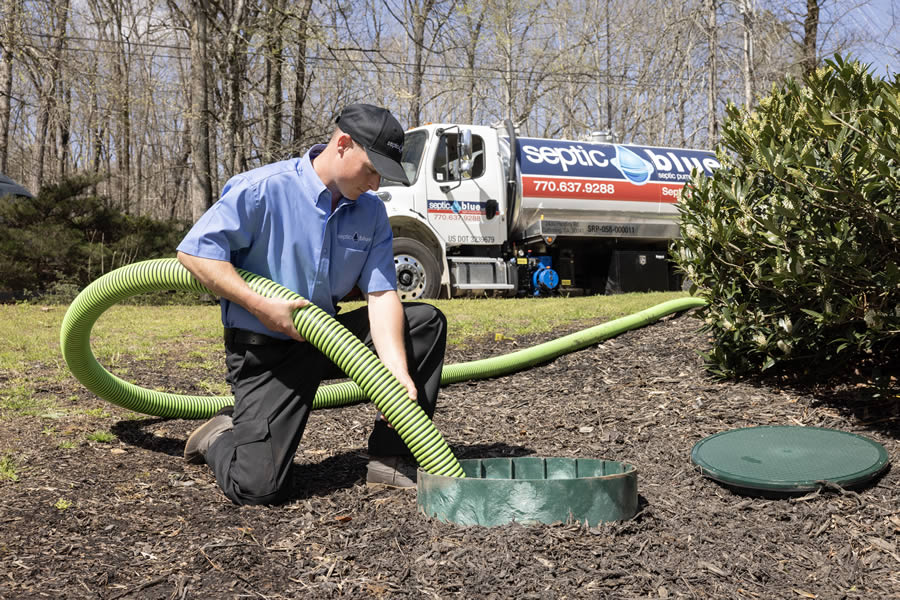
Septic tank pumping in Raleigh has never been so affordable and accessible thanks to the professionals at Septic Blue. We are…
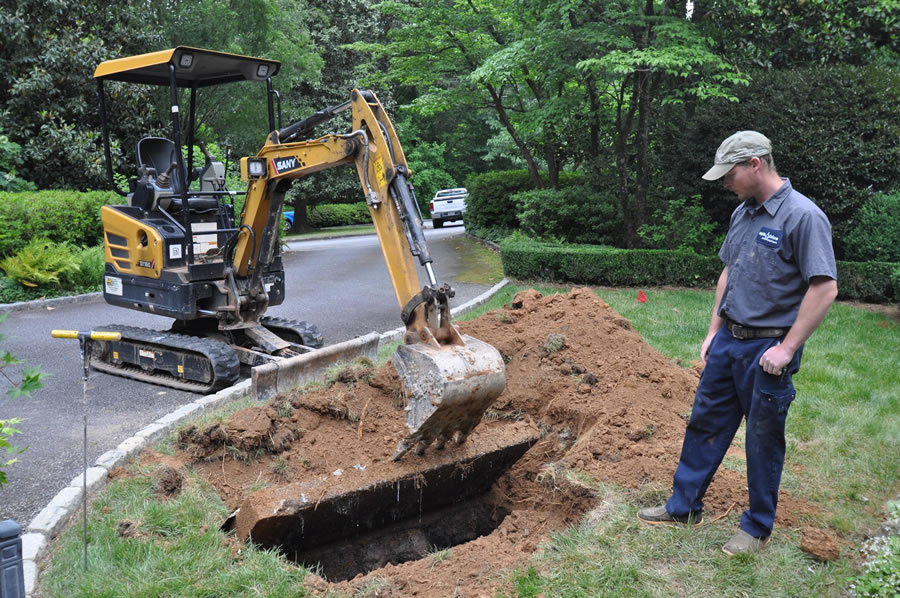
One quarter of Americans rely on septic tanks to process household waste. Most Septic Blue locations have septic tank experts who…
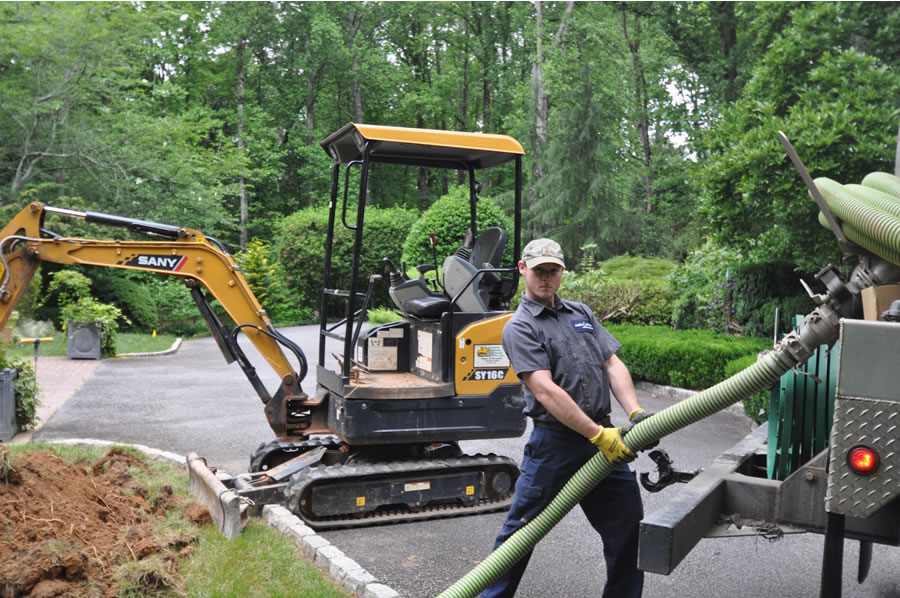
Call Septic Blue today for a second opinion. If you choose to go with Septic Blue, you'll receive $250 off your…
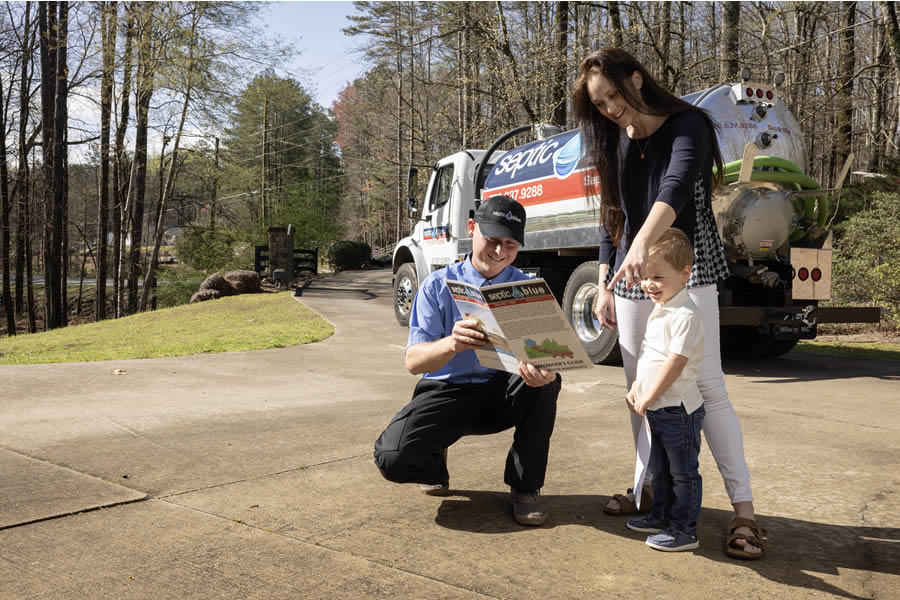
If you are a homeowner or resident in Raleigh that is among the 20 percent of households in the U.S. with…
Professional Saptic Plumbing solutions for every need. Contact Us Today!
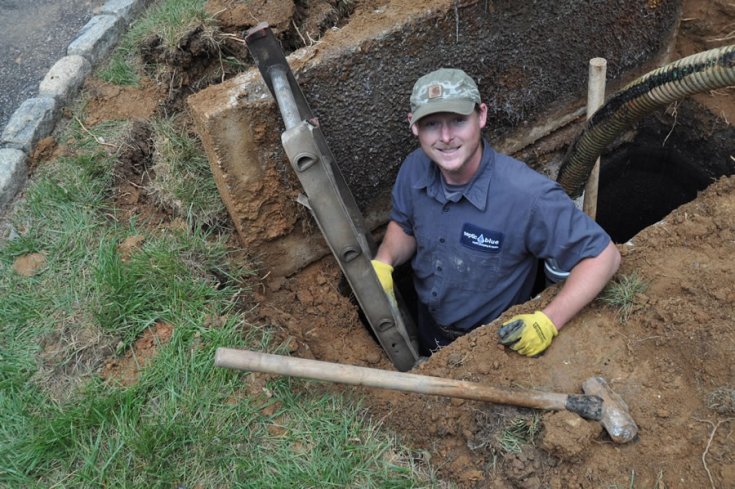
Ignoring your septic tank might feel harmless, especially if everything in your home still appears to drain the way it should.…
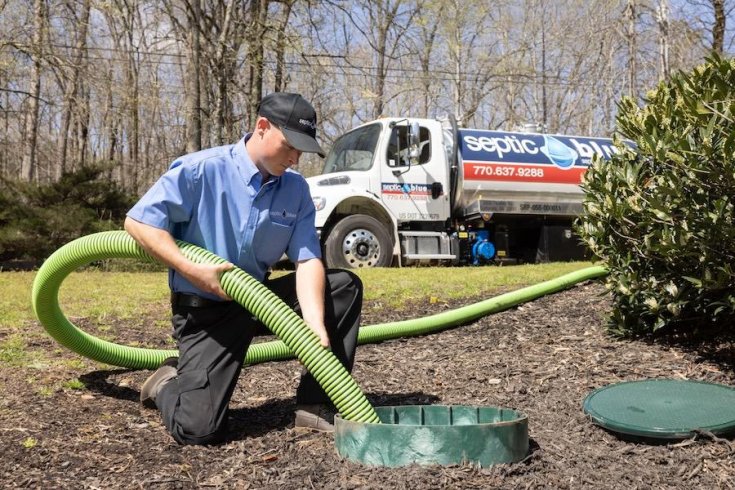
Once you hear the words septic pumping, you probably picture a big truck, a long hose, and a job you’re glad…
.webp)
Your septic system works quietly in the background, treating wastewater and keeping your home running smoothly—but its performance is more connected…

If you’ve ever heard a strange gurgling or bubbling sound coming from your sinks, toilets, or drains, it might be more…